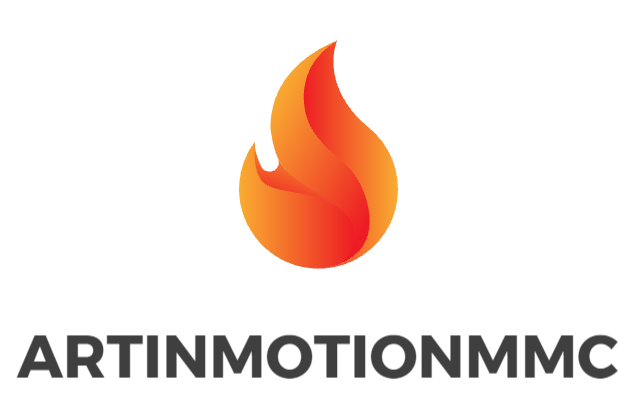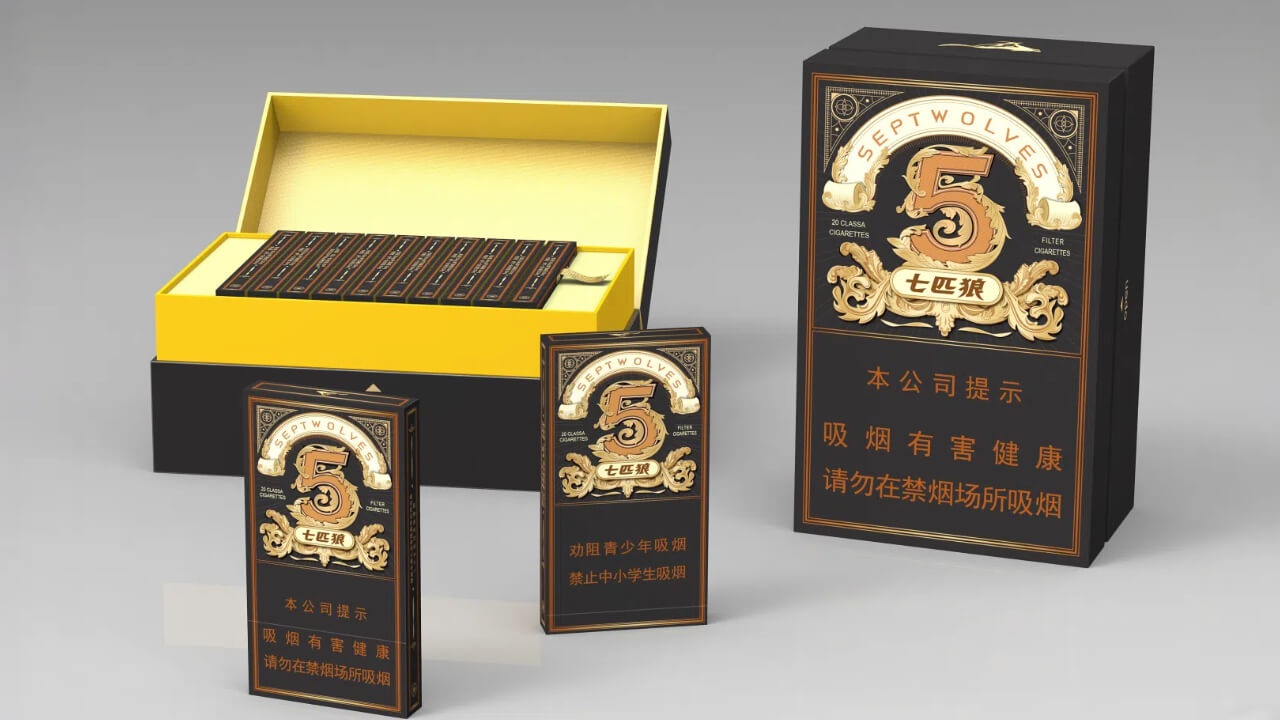Cigarette packs do more than convey brand logos and health warnings. They also bear important indicators such as barcodes and bottom codes. These identifiers assist with product recognition, authentication, and inventory control. Brands, retailers, and even consumers wanting to verify product specifics need to understand these codes. Ruenfo, a cigarette packaging company, offers comprehensive solutions, including barcodes and bottom codes, design, production, and logistics. This article details these codes and explains their purpose and functionality, and also the cigarette code checker.
What Is a Cigarette Barcode?
Barcodes comprise numbers, lines and are machine-readable. Cigarette barcodes are mainly UPC and EAN-13. EAN-13, a global standard comprising 13 digits, and UPC, a North American standard consisting of 12 digits, assist in checkouts, product identification, inventory management, and counterfeiting prevention. While sales and shipment monitoring are the responsibility of manufacturers, retailers employ barcodes for inventory control. Every brand and size of cigarette is paired with a specific barcode.
What Are Bottom Codes?
Bottom codes consist of letters and numbers located at the bottom of a cigarette pack and are not usually scanned at the register like a barcode. These codes contain a product's production date, batch, and manufacturing facility. Cigarette manufacturers and regulators utilize bottom codes primarily to track cigarette units available in the market. In addition, bottom codes assist in isolating defective units in a batch, thereby facilitating the safety of the product. Given the variation in code formats across brands and countries, understanding a particular code format becomes critical in extracting useful data.
Differences Between Barcodes and Bottom Codes
Barcodes and bottom codes serve different purposes. Barcodes are standardized, machine-readable, and mainly used for sales and inventory. Bottom codes are printed in plain text or simple codes and are mostly used for production tracking. Barcodes link products to digital databases, and bottom codes reveal manufacturing details. Both are essential for the veracity of and the seamless operational flow from the factory to the retailer.
How to Read a Cigarette Barcode
Understanding the components of a barcode makes reading it a straightforward task. The initial digits signify the barcode’s country of origin. The subsequent segment indicates the size of the manufacturer or brand owner. This is followed by the product code, indicating the cigarette variety or packaging size. The final digit is a check that verifies barcode integrity. Scanning a barcode fetches the stored product information in a database. Advanced systems are also capable of product authentication and supply chain tracing.
How to Decode Bottom Codes
What may initially appear to be a series of arbitrary letters and numbers is a critical piece of information. Many manufacturers encode the date of production in the YYMMDD format. Additionally, batch numbers reference the specific group of cigarettes that were produced together. The factory code indicates the production site. By interpreting these codes, businesses identify the tracking of products and evaluate the need for recalls. For efficient tracking of products, recalls, and compliance codes, ensuring proper management of recalls and regulations.
Applications and Tools
Examples of barcode readers and scanners, used as mobile apps and handheld scanners supply product information to customers and retailers to assist information retrieval about a product to customers and retailers. Popular app examples include GS1 barcode scanner, ScanLife, RedLaser, and ShopSavvy. For guidance in interpreting bottom codes, manufacturers should be consulted. The formats vary. As for brands collaborating with Ruenfo, we make sure barcodes and bottom codes are produced in a legible and accurate manner.
Importance of Accuracy
Having barcodes and bottom codes accurate is crucial. Problems in stores or the supply chain may arise with poorly printed codes, and regulatory checks may lead to trouble. Blurry printing or incorrect placement may render a barcode useless. Bottom codes that are printed incorrectly may mislead someone about a production date or a batch. Ruenfo prioritizes these issues with high-quality placement and printing. Well-placed codes and printing protect the brand, retailer, and the end consumer.
Conclusion
For many people, the barcode and the alphanumeric combinations located at the bottom of the cigarette pack are a string together set of numbers and letters and a source of something that provokes their curiosity; however, these elements are quintessential in the identification of the products, authentication and verification, inventory tracking, and compliance with legal requirements. The barcodes assigned to cigarette packets are cloud-linked and are scanned at retail outlets, while the bottom codes serve to capture the production and batch details. For brands, retailers, and consumers, both codes are essential. Ruenfo is providing expert solutions in design, printing, and compliance for cigarette packaging. By validating traceability and confirming that all industry standards are met, Ruenfo is protecting consumers and brands while complying with all legal requirements in the packaging of cigarettes.


